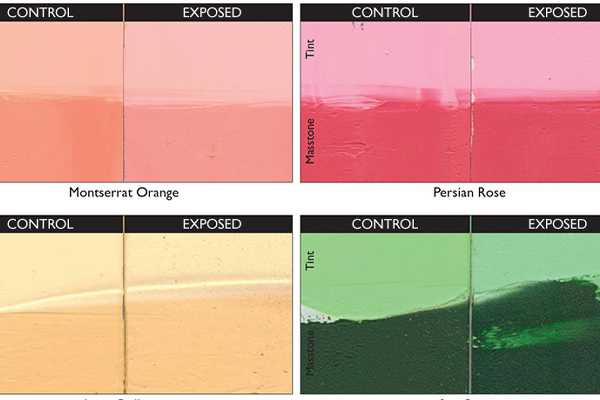Scholarly Articles
Williamsburg Artist Oils
Colors
Or
Topic
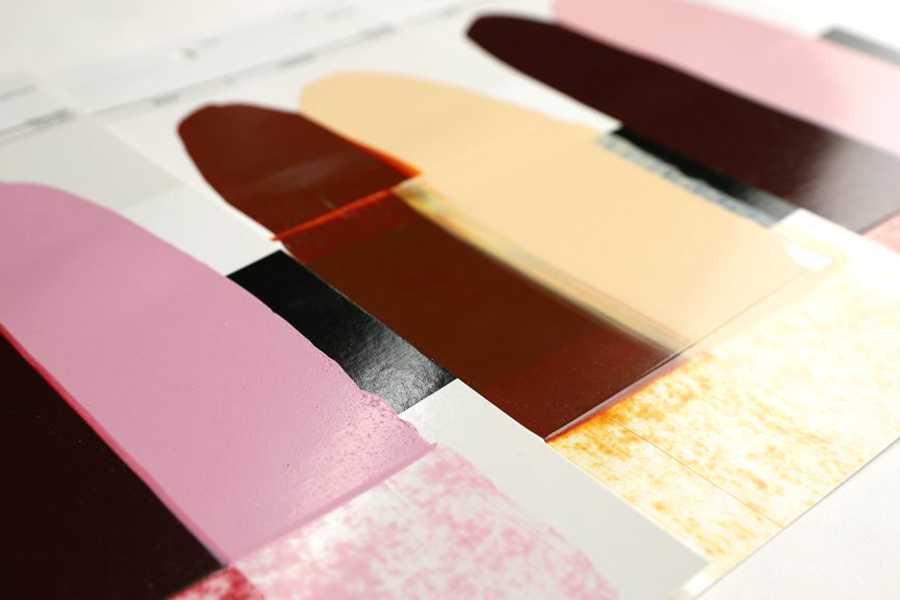
Alternative Color Mixes for Discontinued Quinacridones
How to mix colors to match discontinued Quinacridone Crimson, Quin/Nickel Azo Gold, and Quin Burnt Orange colors.
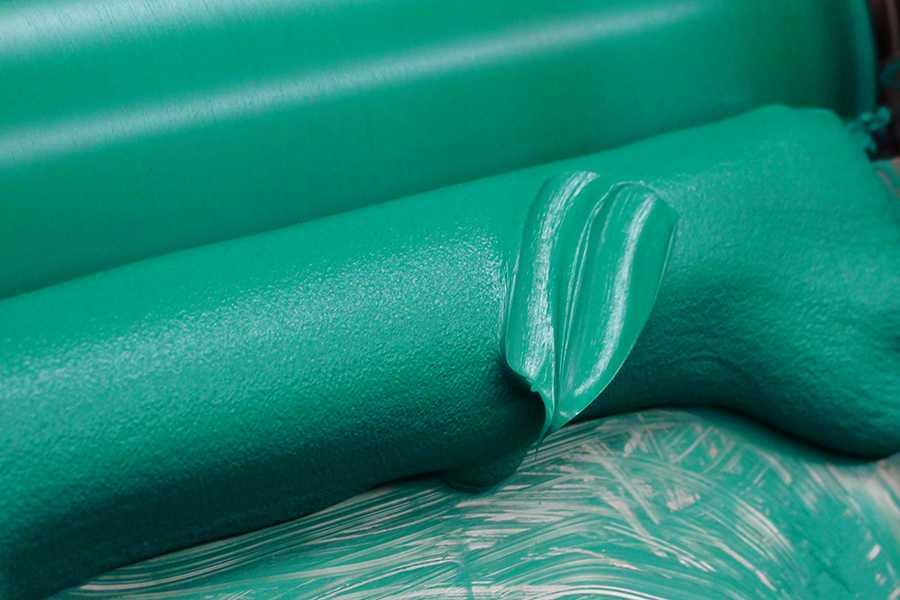
Williamsburg Oil Content by Volume
An informational chart which organizes Williamsburg colors, Extender Medium and Oil Grounds into four categories of oil content by volume.

ASTM Lightfastness Testing for Oil Paints
A comprehensive study of ASTM standard D4302 to improve our understanding of oil paint lightfastness and to ensure the accuracy and comprehensiveness ...
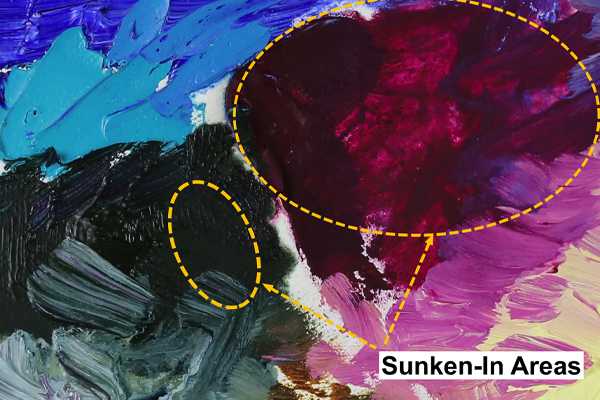
Oiling Out and the Cause of Dead Spots in Oil Paintings
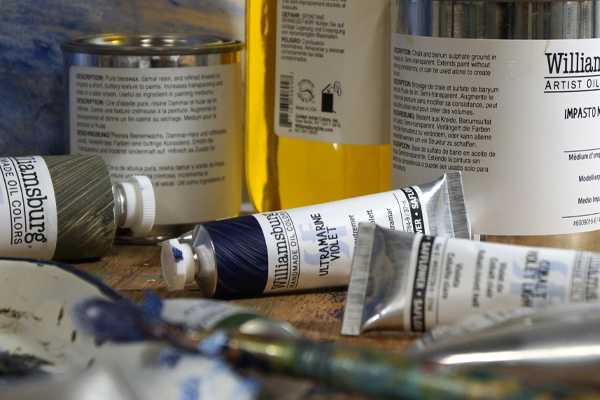
Williamsburg’s Safflower Colors
Safflower allows certain colors to hold onto a luminosity that would otherwise be lost. Learn more about it and the safflower colors we offer.
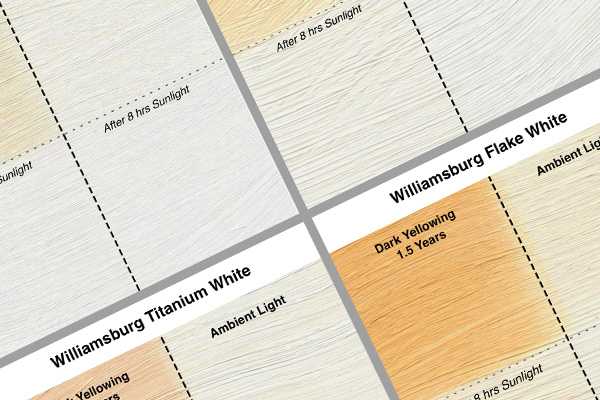
What is dark yellowing?
Dark yellowing is the reversible, temporary yellowing of dried oil paint after storage in dark or subdued lighting.
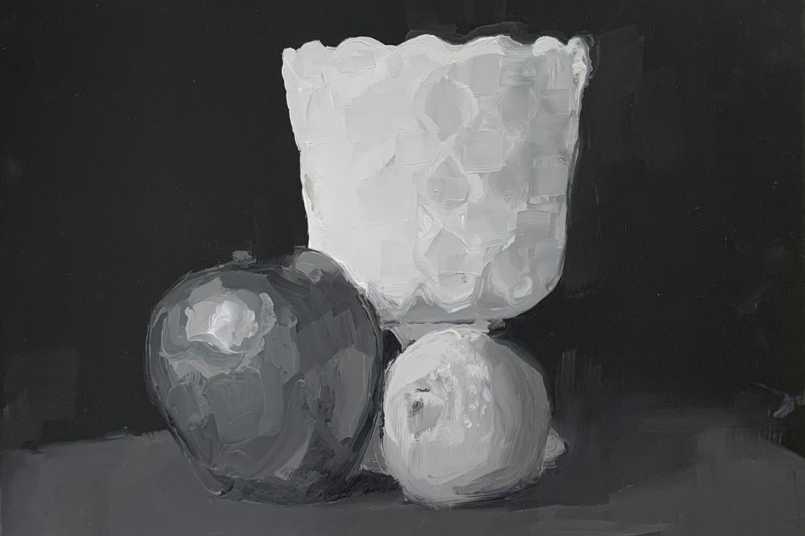
The Value of Painting with Neutral Grays
Grays can be used to desaturate colors and can also be used to create a grisaille as an underpainting.
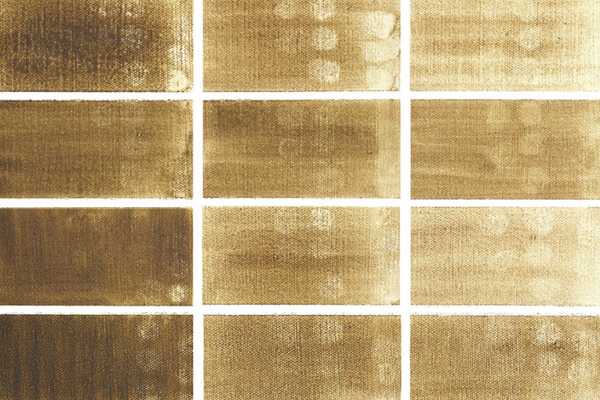
Solving the Solvents (solvent-free oil painting)
Oil paint is the most natural and safe material used for painting but, through misconception, considered dangerous.

Pigment Concentration and its Role in Color
Explore the surprising answer to the question of why pigment change color when used in different systems.
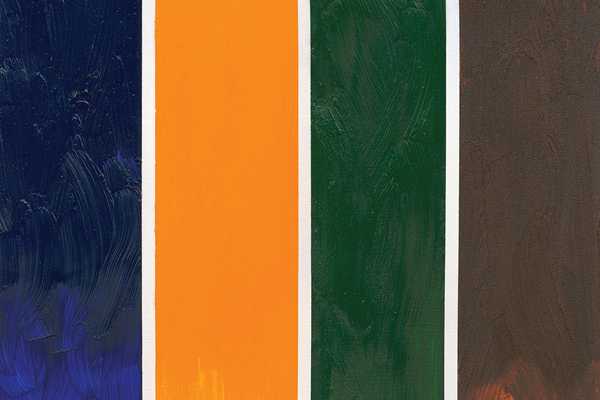
A Palette of Textures
How pigments impact paint, and in particular, how they define a range of textures within the Williamsburg line.
